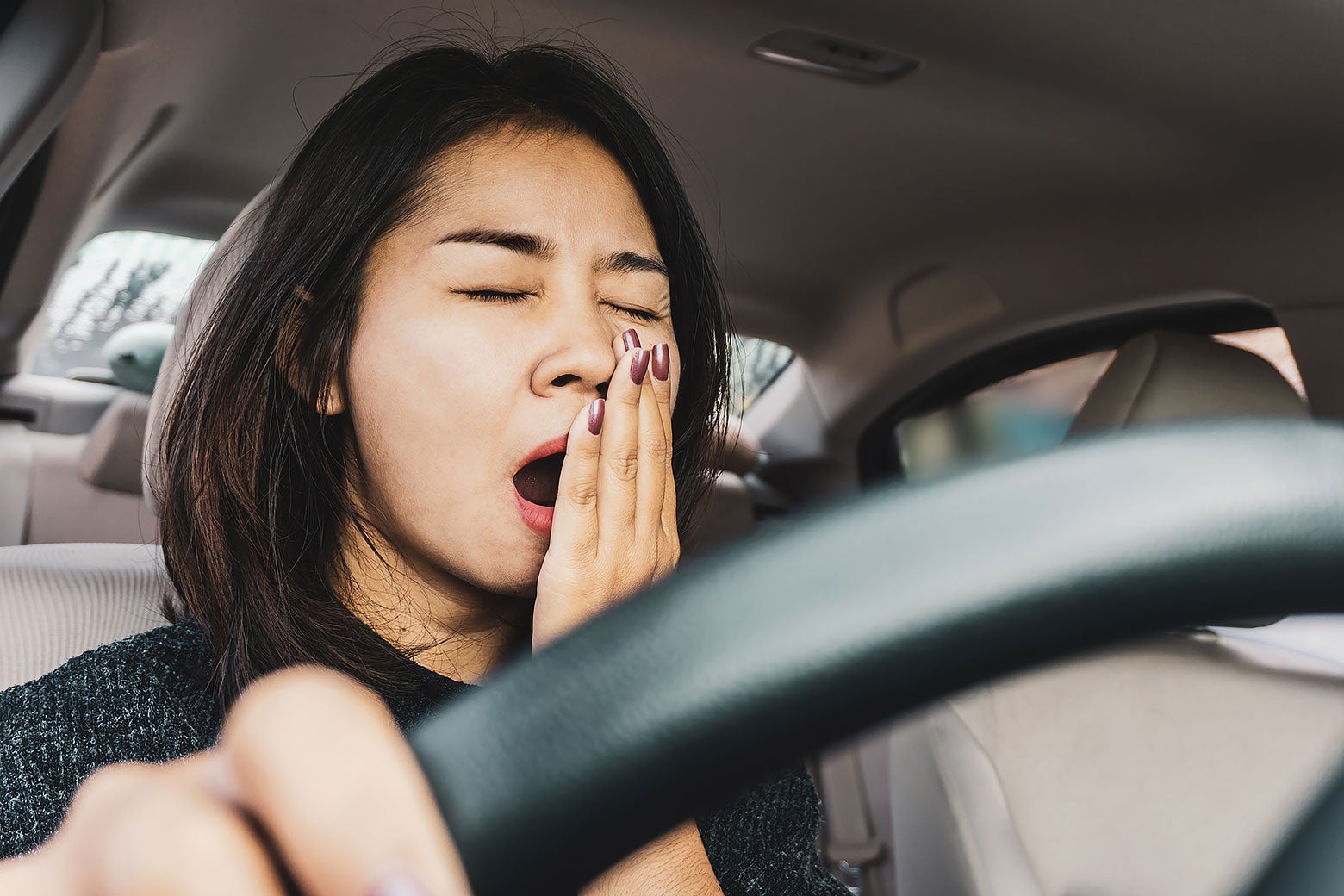
"When I was 18, I fell asleep in bumper-to-bumper traffic and ran into the car in front of me. You might think that would have stopped me from driving while tired again, but in the decade since, I've found myself fighting sleepiness on the roadmore often than I'd like to admit. I've become well practiced at the crank-up-the-AC-and-music routine. More than once, I've pulled over in sketchy lots alongside the highway to take an emergency nap."
"Even if you think you're alert enough to drive, sleep deprivation can impair your abilities without you even realizing it. Reports say that nearly 1 in 5 fatal crashes in the U.S. involves a drowsy driver, resulting in roughly 6,000 preventable deaths a year. That's about half the number of fatalities caused by drunk-driving crashes. Driving after 17 to 19 hours without sleep-a pretty standard period of wakefulness, mind you!- increases a driver's crash risk as much as a blood-alcohol content of 0.05."
Drowsy driving frequently occurs and can be covertly impairing even when drivers feel alert. Sleep deprivation reduces reaction time and decision-making, and driving after 17 to 19 hours awake raises crash risk comparable to a blood-alcohol concentration of 0.05. Nearly one in five U.S. fatal crashes involves a drowsy driver, causing roughly 6,000 preventable deaths annually—about half the fatalities from drunk-driving crashes. Common coping strategies include blasting air conditioning or music and taking emergency naps at roadside locations, but these are inadequate. Fatigue lacks a clear, widely accepted metric, and cultural acceptance of drowsy driving contributes to ongoing risk.
Read at Slate Magazine
Unable to calculate read time
Collection
[
|
...
]